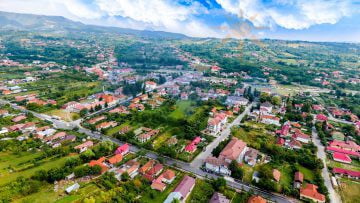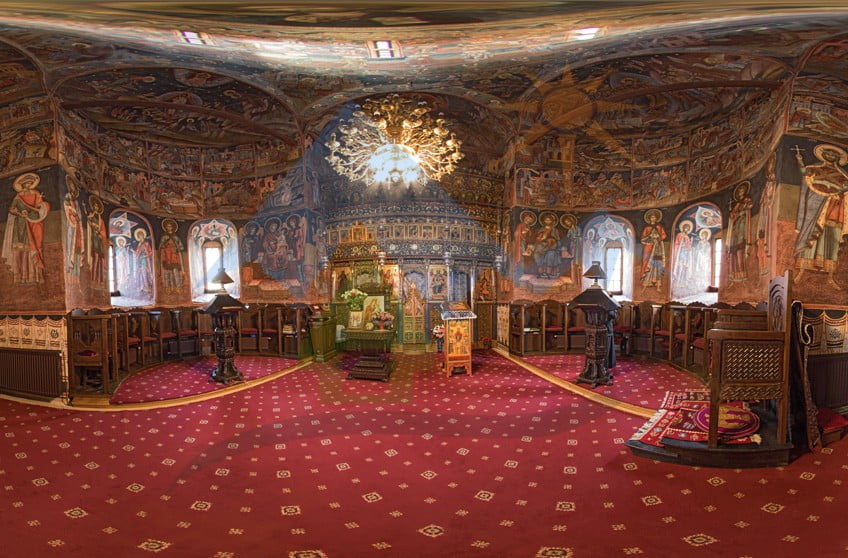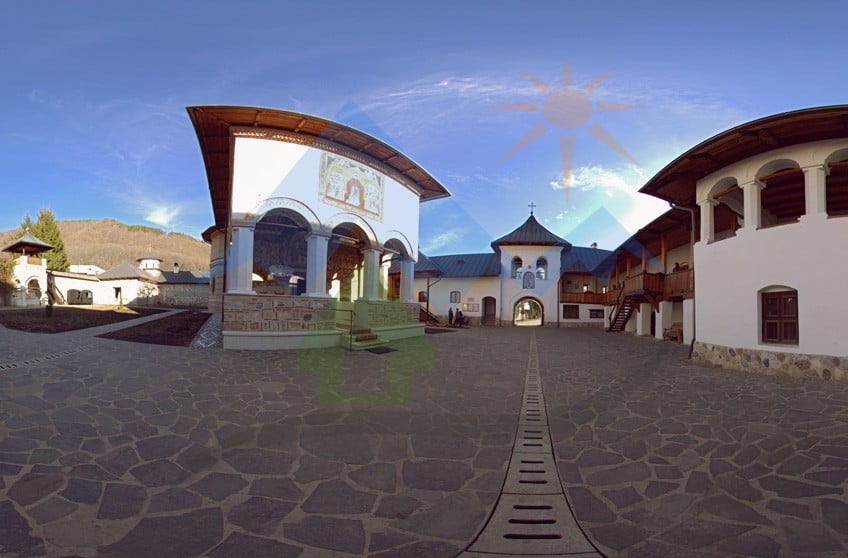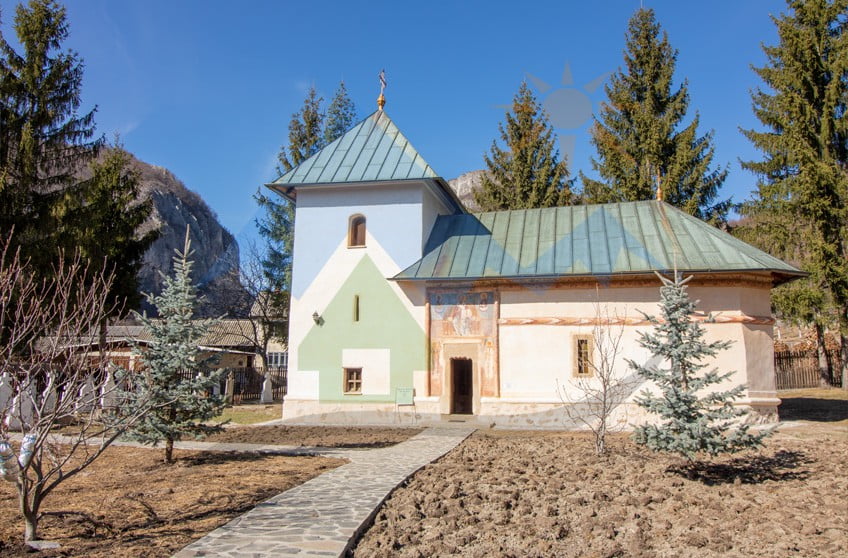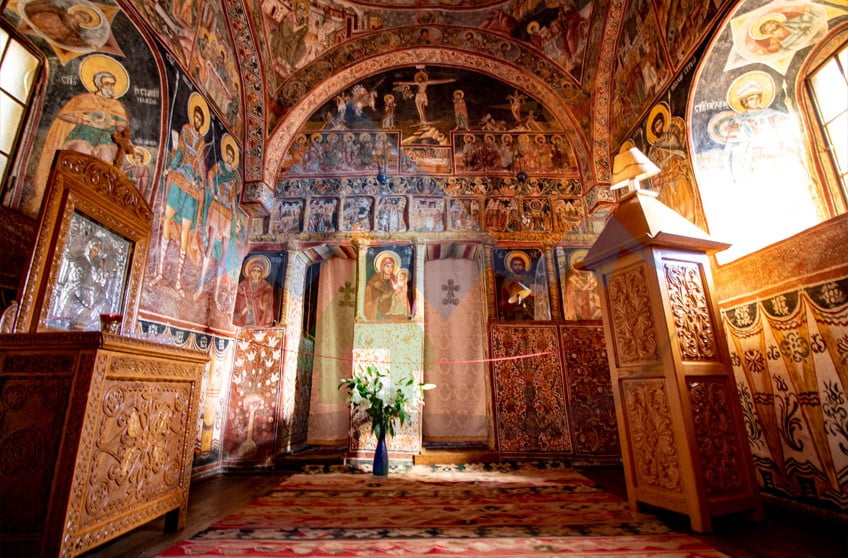Manastir Polovragi: jedinstvene freske, muzejske zbirke i bogata povijest
Polovragi Monastery, nestled in the northern part of Gorj under the mountains, is like a white fortress that boasts unique features in Romania, particularly its porch frescoes. Painted between 1698 and 1703 by Andrei Constantinos, Gheorghe Istrate, and Ranite, the first students of the renowned Brancoveanu School at Hurezi Monastery, these frescoes are highly valuable in terms of both iconography and technical execution.
What sets Polovragi Monastery apart is the rare iconographic representations on the porch, depicting images of monasteries from Mount Athos, painted by Constantinos, who was of Greek origin. This makes Polovragi Monastery stand out, as other churches and monasteries in the country typically feature frescoes depicting Heaven, Hell, or the Last Judgment. These frescoes have been fully restored and completed in 2012, preserving their beauty for generations to come.
The monastic settlement of Polovragi is situated in a picturesque location at the base of Mount Piatra Polovragilor, surrounded by fruit trees and edible chestnuts in a serene orchard. While chestnut plantations have dwindled over the years, the people of Polovragi, known for their hard work and diligence, have maintained their connection to the land. Since 1968, the monastery has been home to a community of nuns who embody piety, diligence, seriousness, and Christian hospitality.
Visitors to Polovragi are warmly welcomed by the nuns, who work tirelessly throughout the day, taking care of various tasks and supporting each other like a close-knit family. The monastery also houses a museum collection of wooden and glass icons from the 18th and 19th centuries, as well as a significant collection of over 3,000 old books.
Despite its rich history, Polovragi Monastery has faced challenges in the past. It was affected by a major fire around 1860, resulting in the loss of all its documents. However, the masonry was preserved, allowing the continuation of restoration works and the preservation of the Brancoveanu style.
Another notable event in the monastery’s history was during the Austrian invasion of Wallachia, when precious holy objects were lost. The monks of Polovragi took action to protect the relics by hiding them in the riverbed of the Olteț river, but unfortunately, they could not locate them after the invasion due to the abundant water. These lost items included vestments dating back to the 16th-17th centuries, censers, a gospel bound with gold, and various liturgical vessels, adding to the monastery’s intriguing history.
Despite these challenges, Polovragi Monastery continues to be a significant spiritual and cultural landmark, drawing thousands of visitors annually who are captivated by its unique features and rich heritage.


